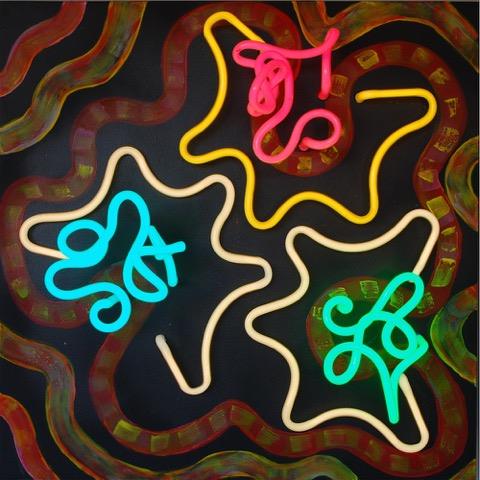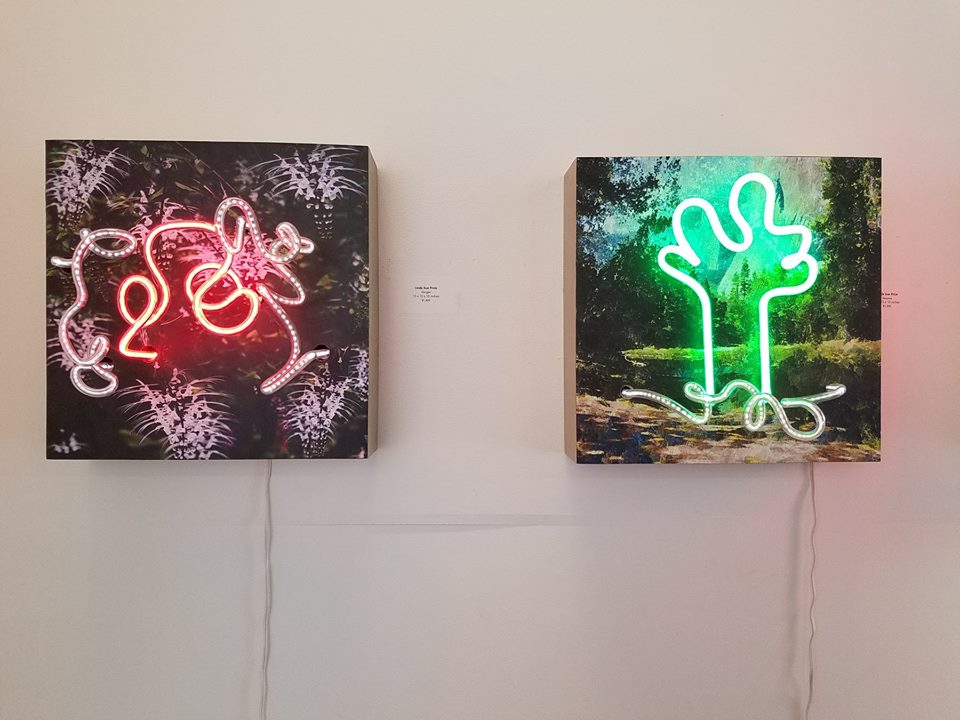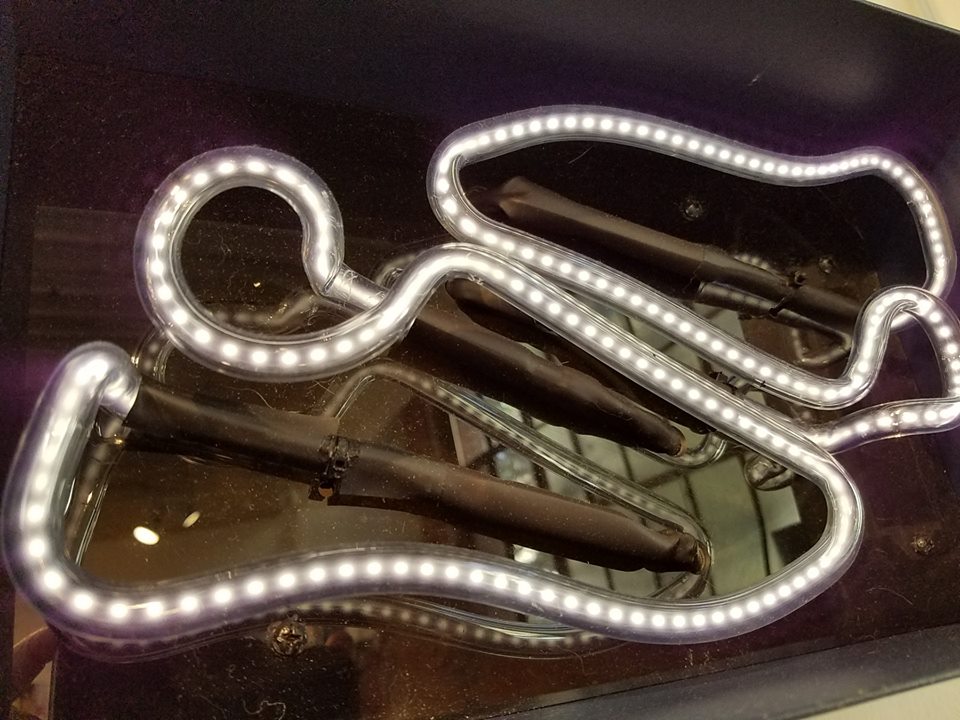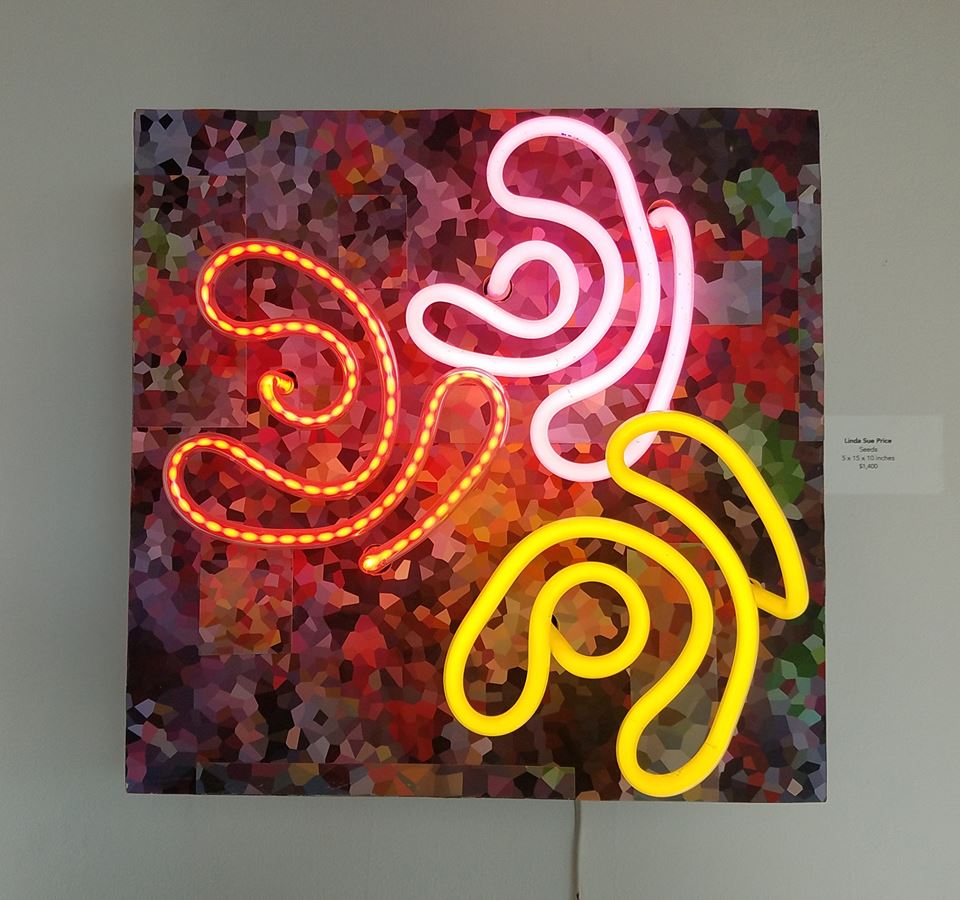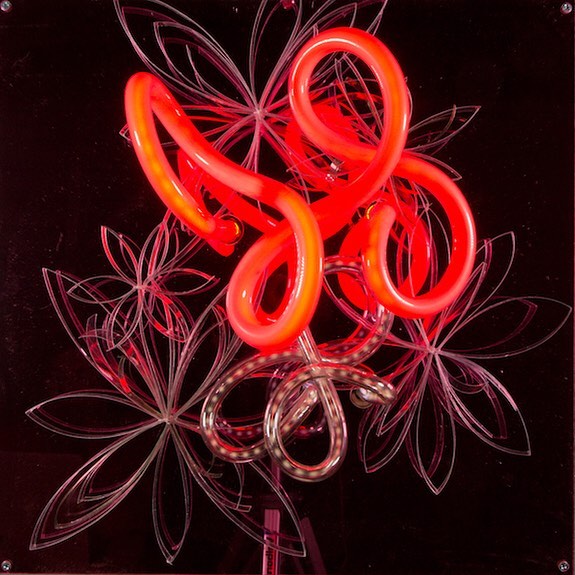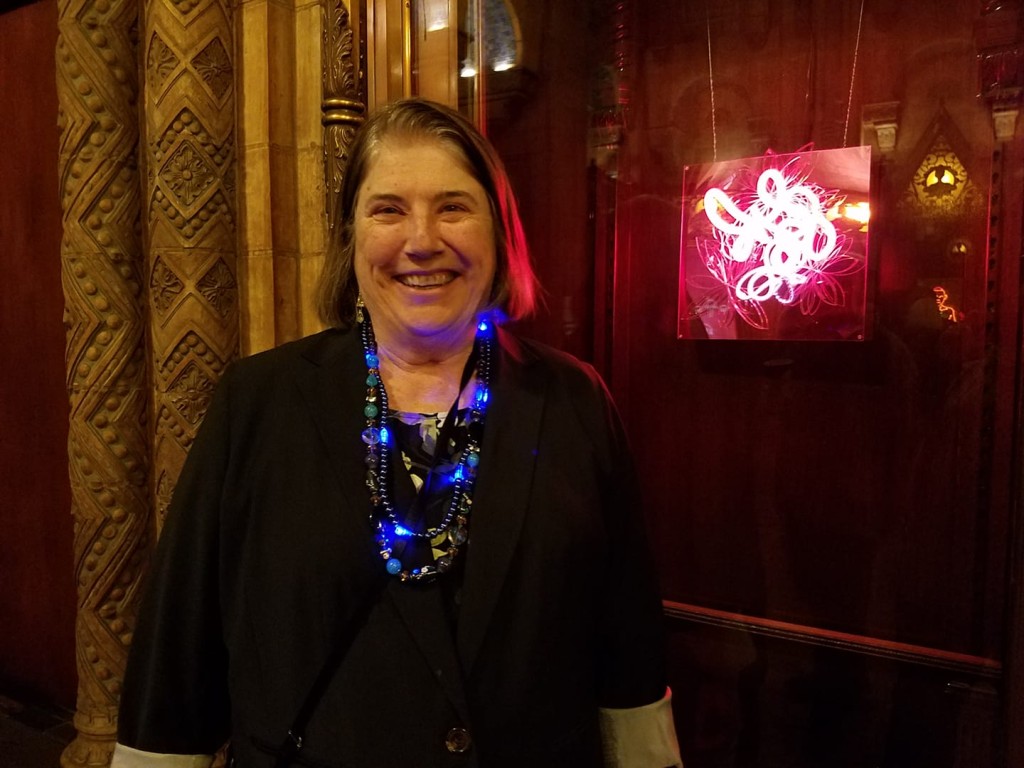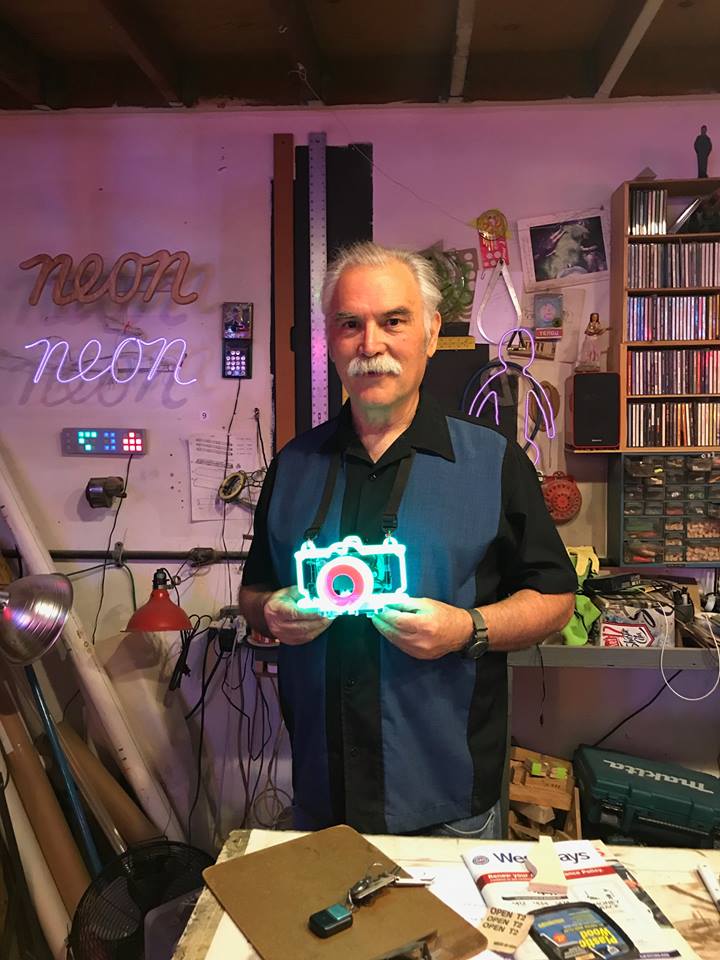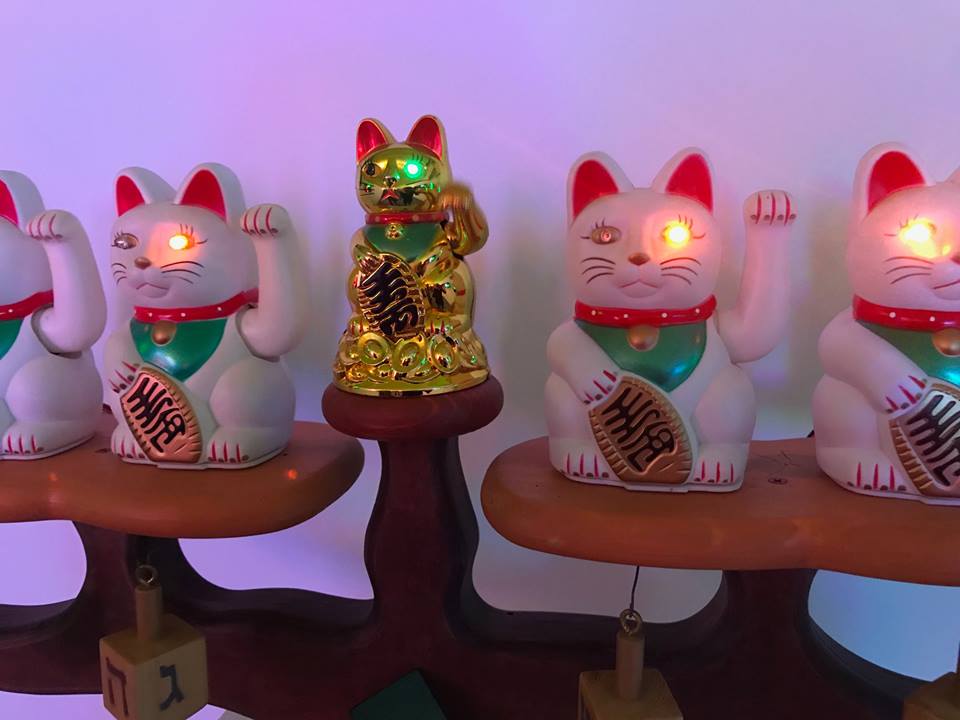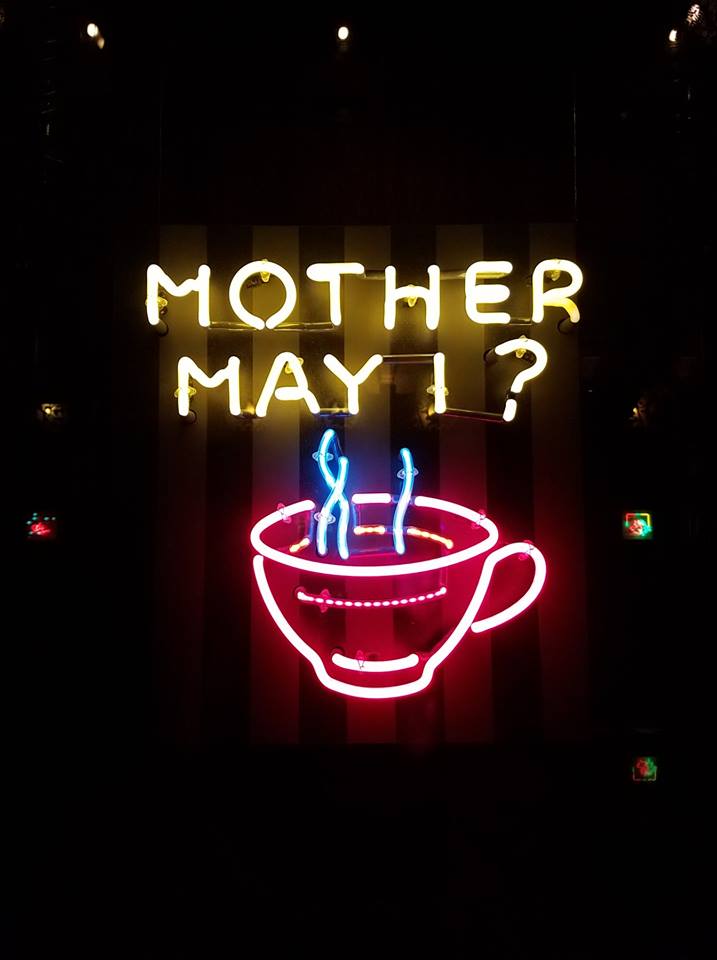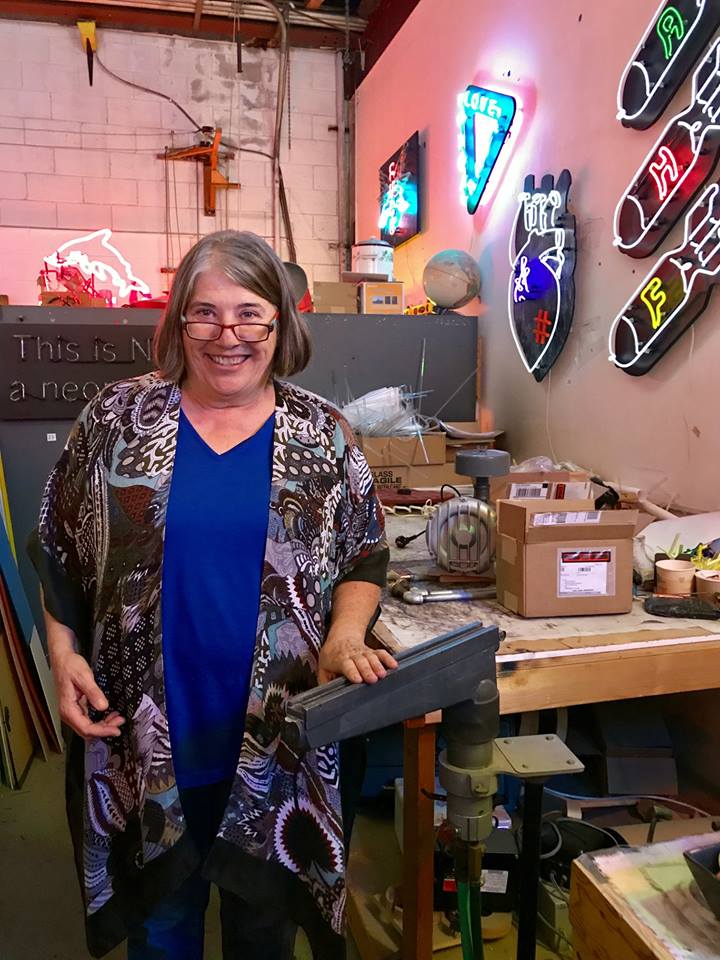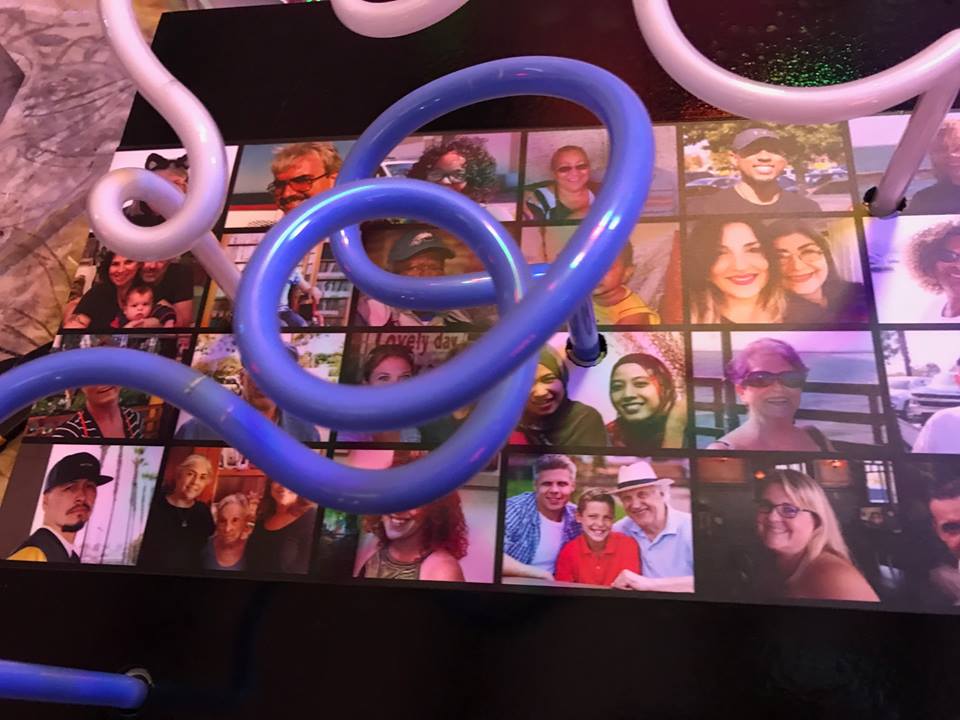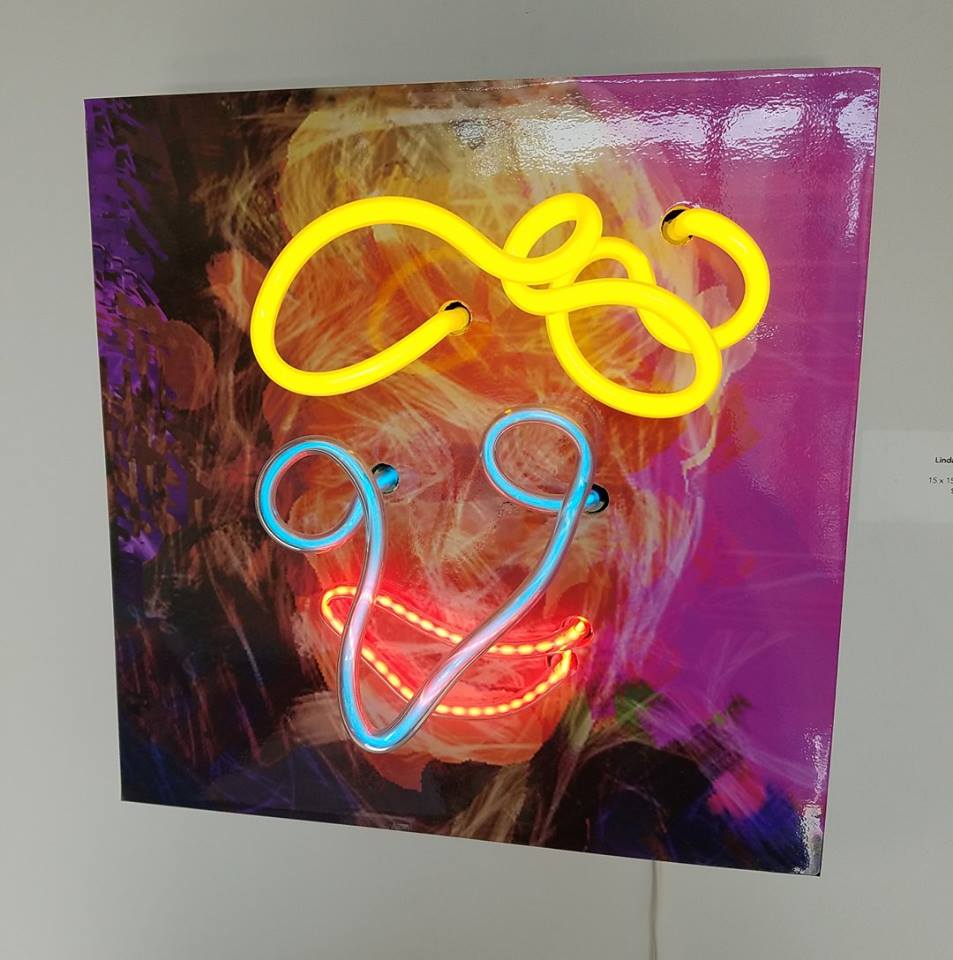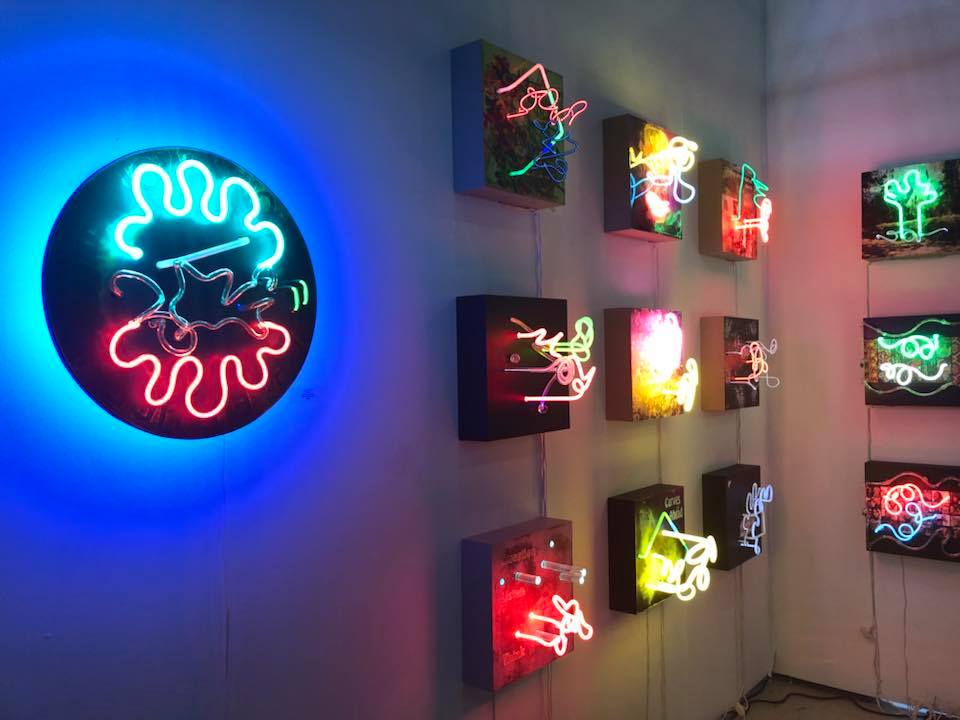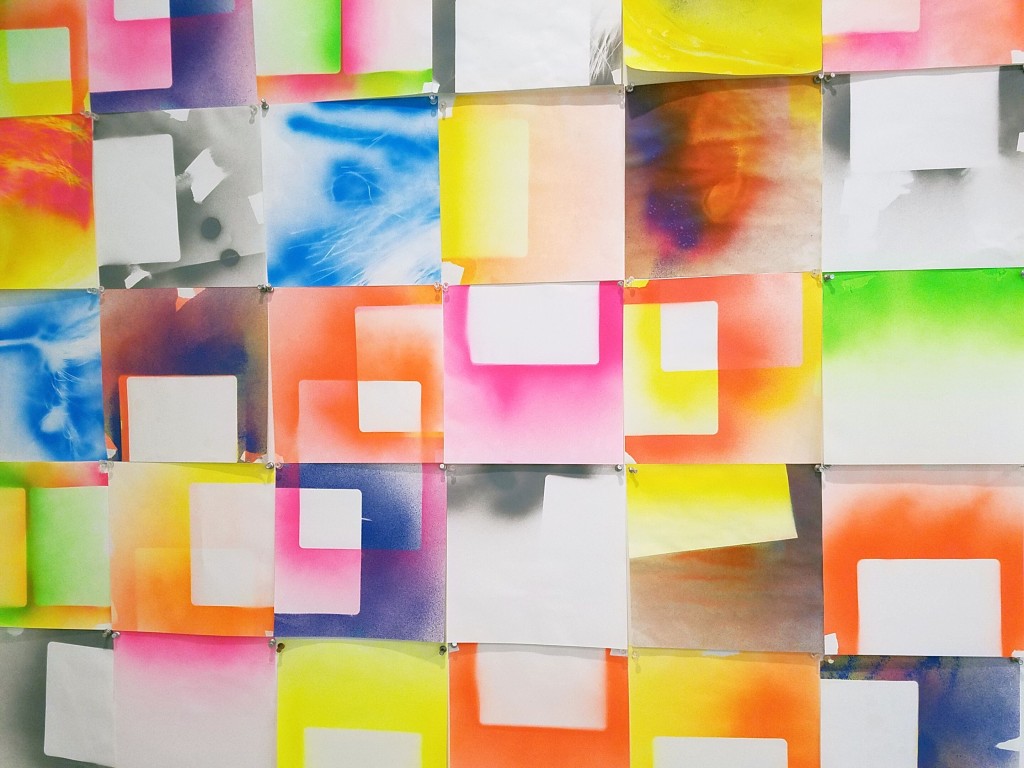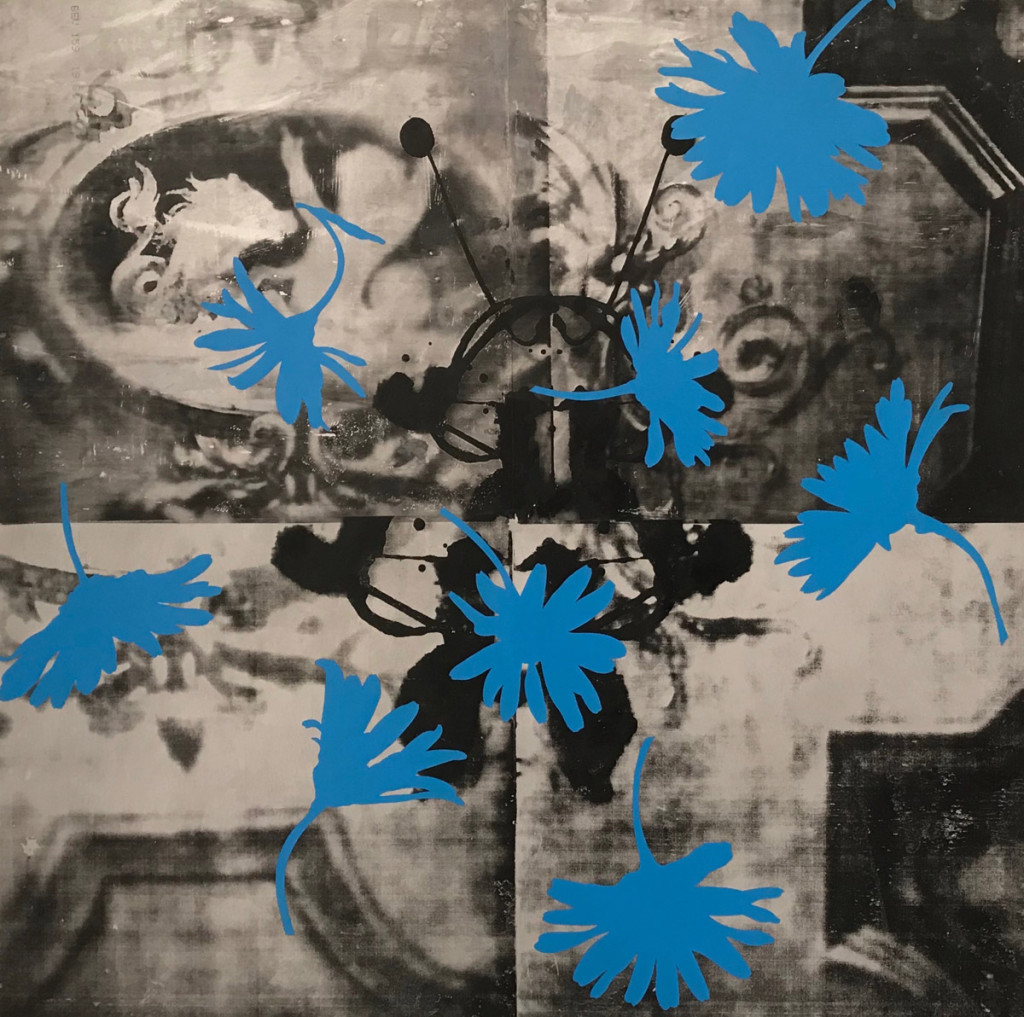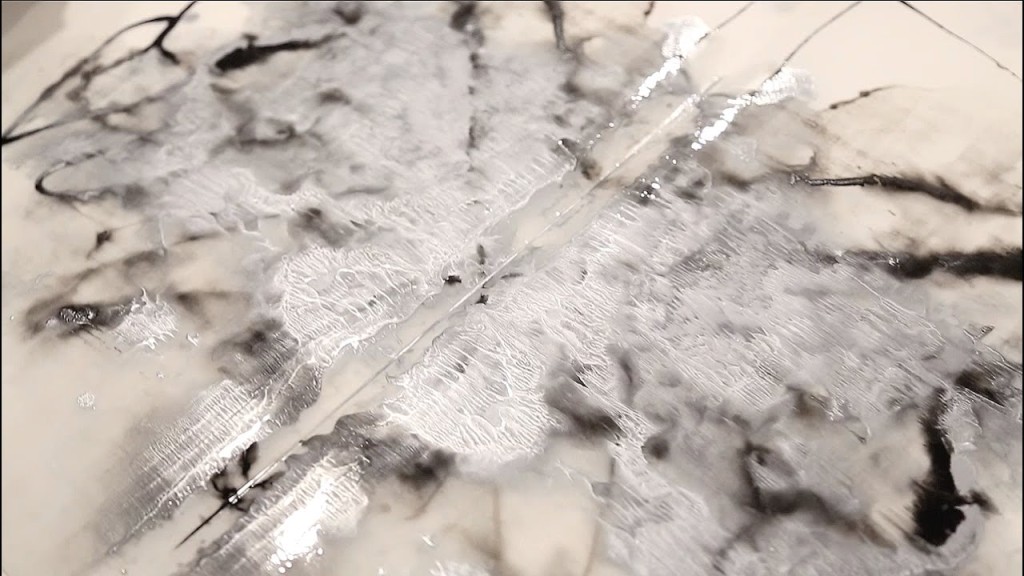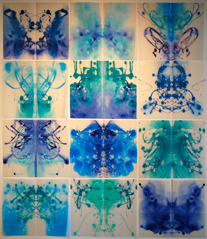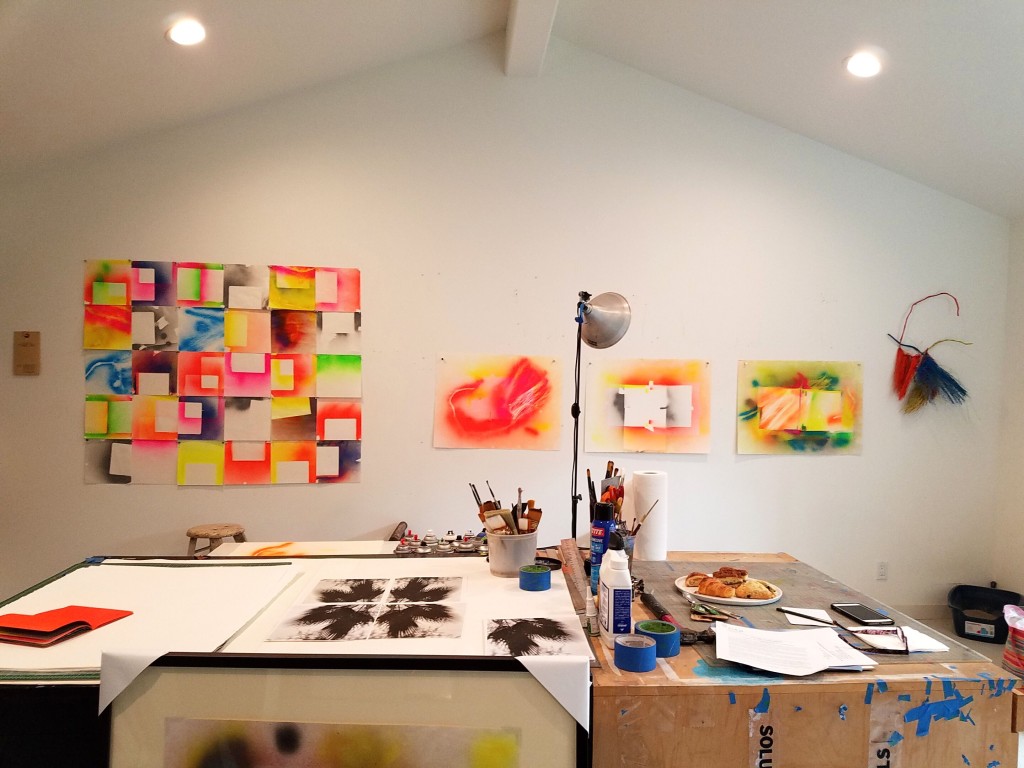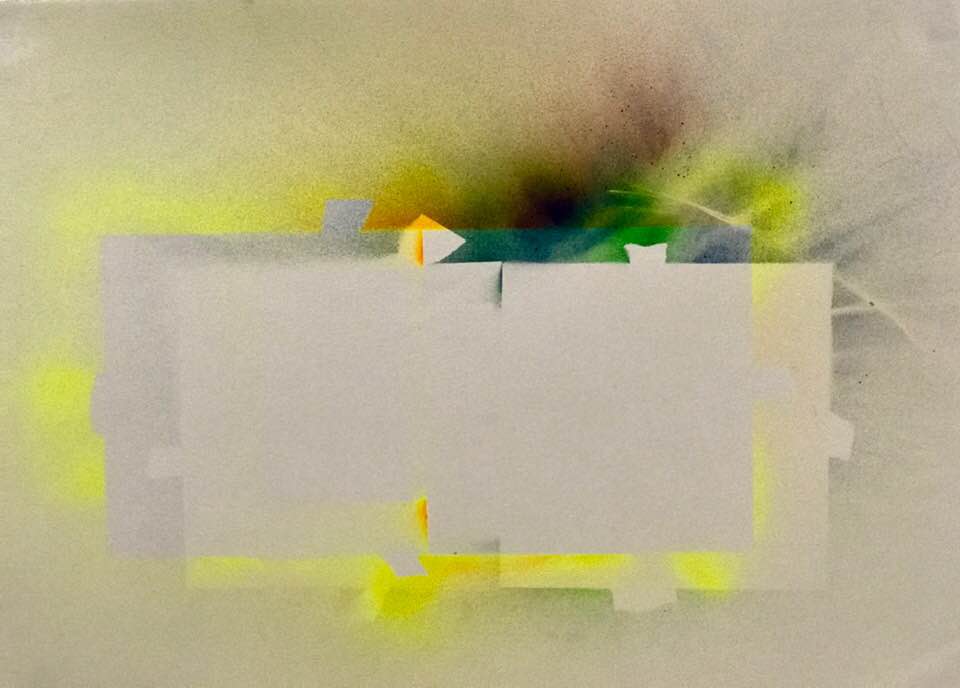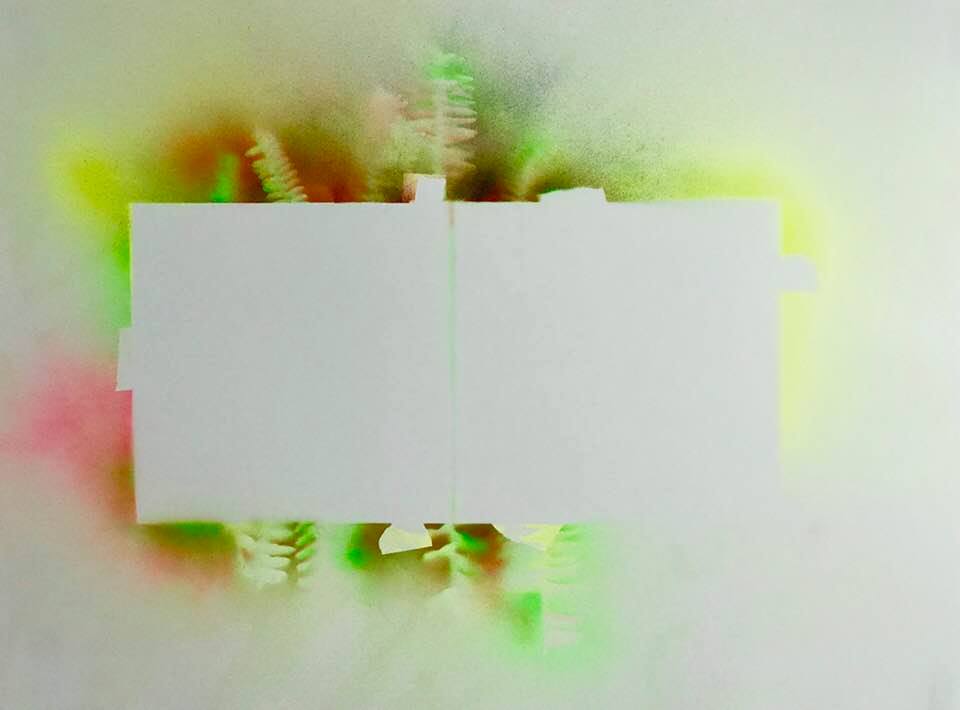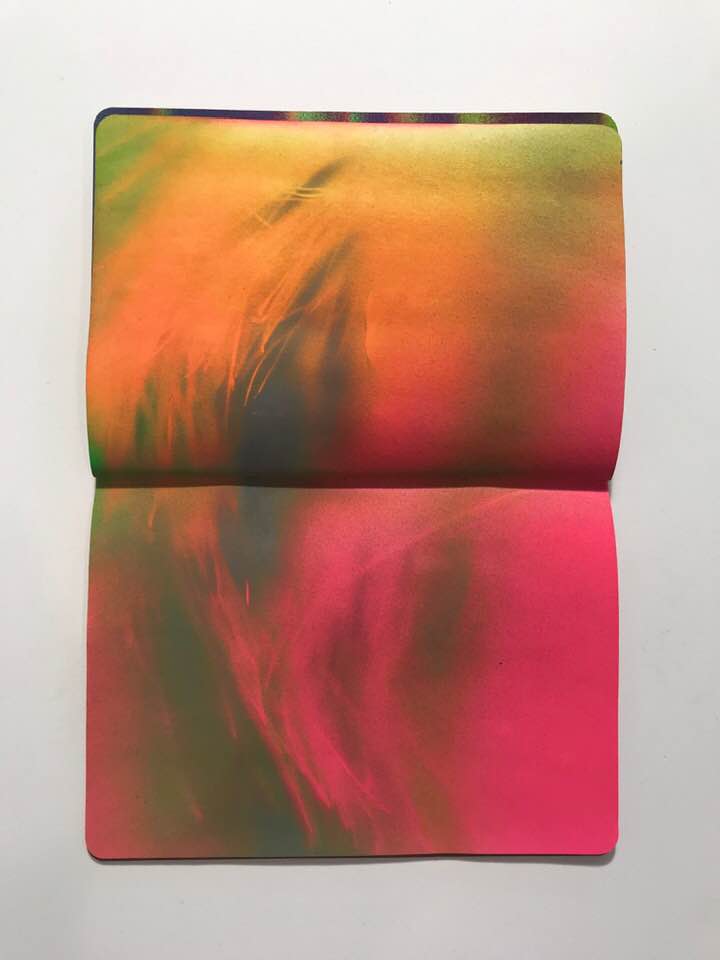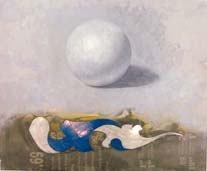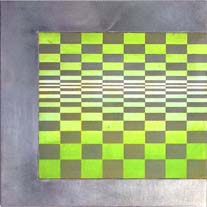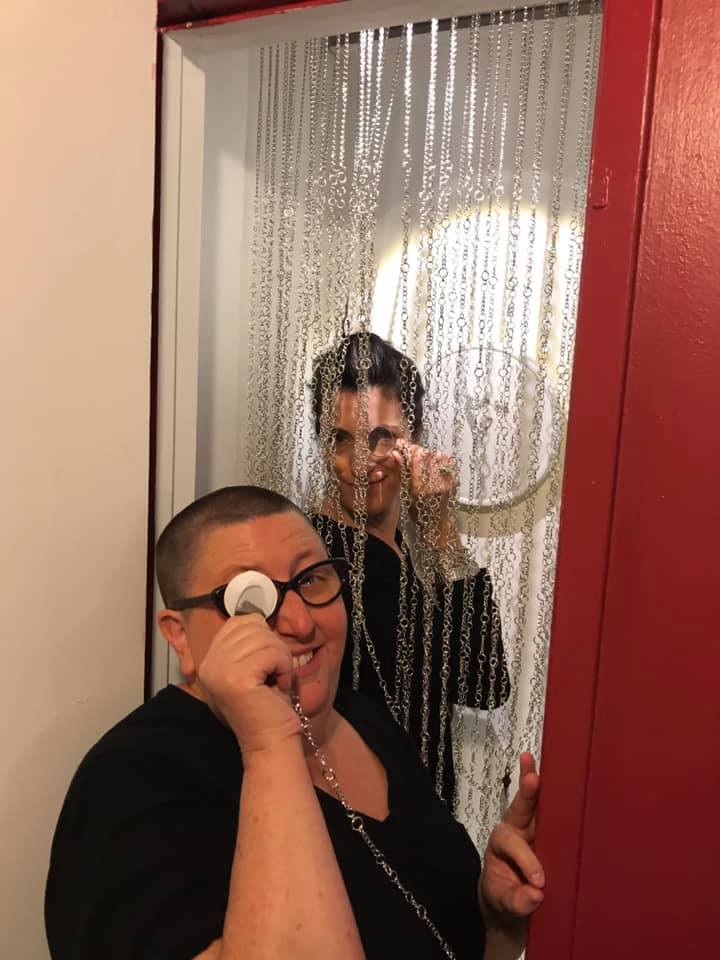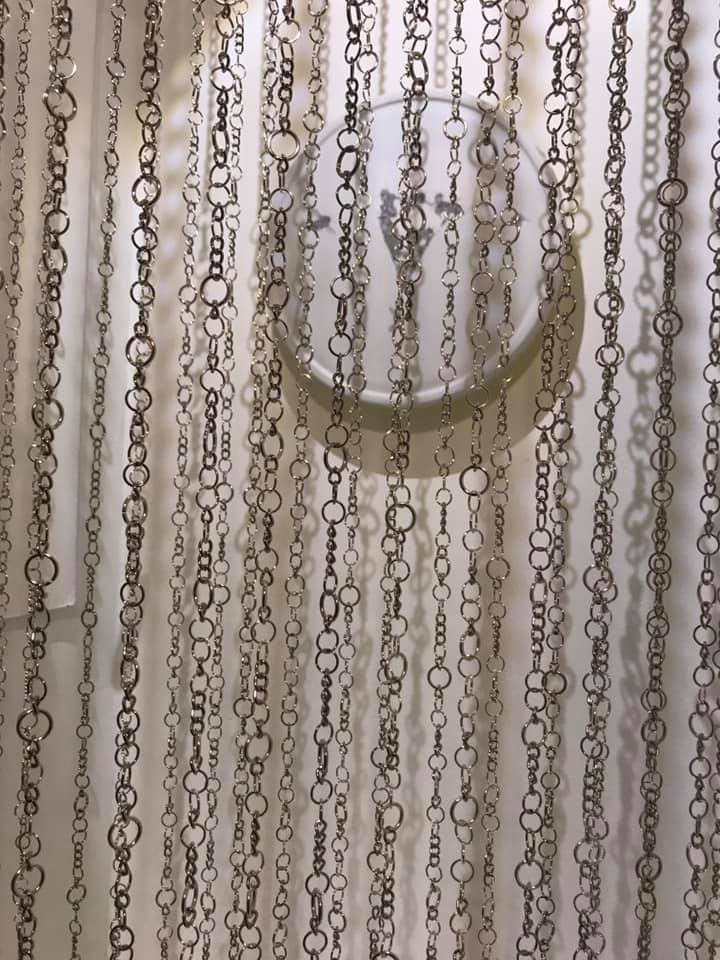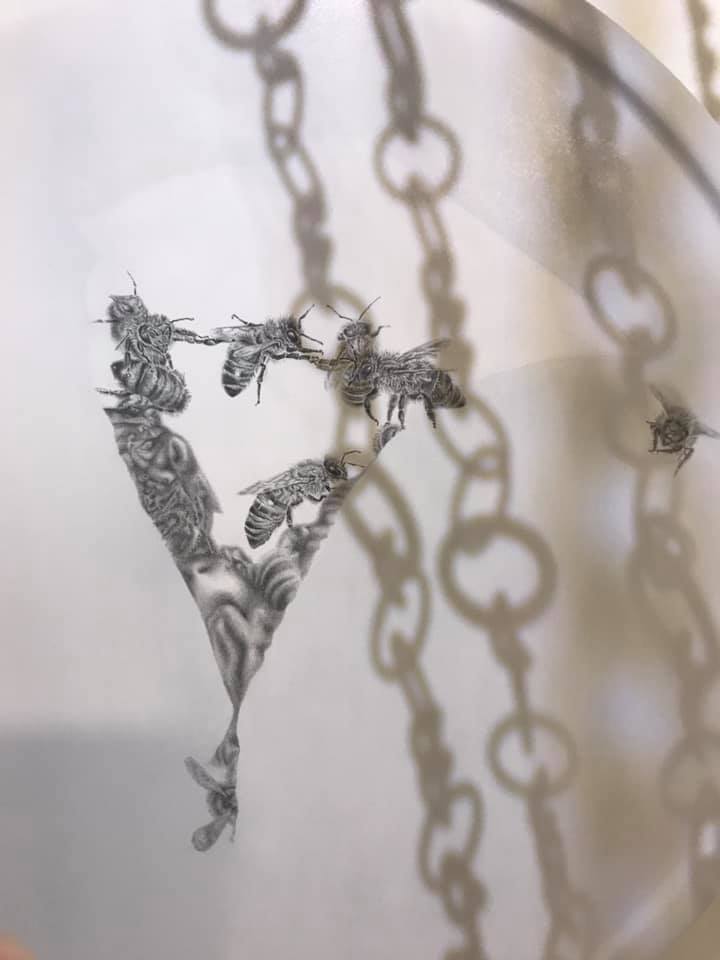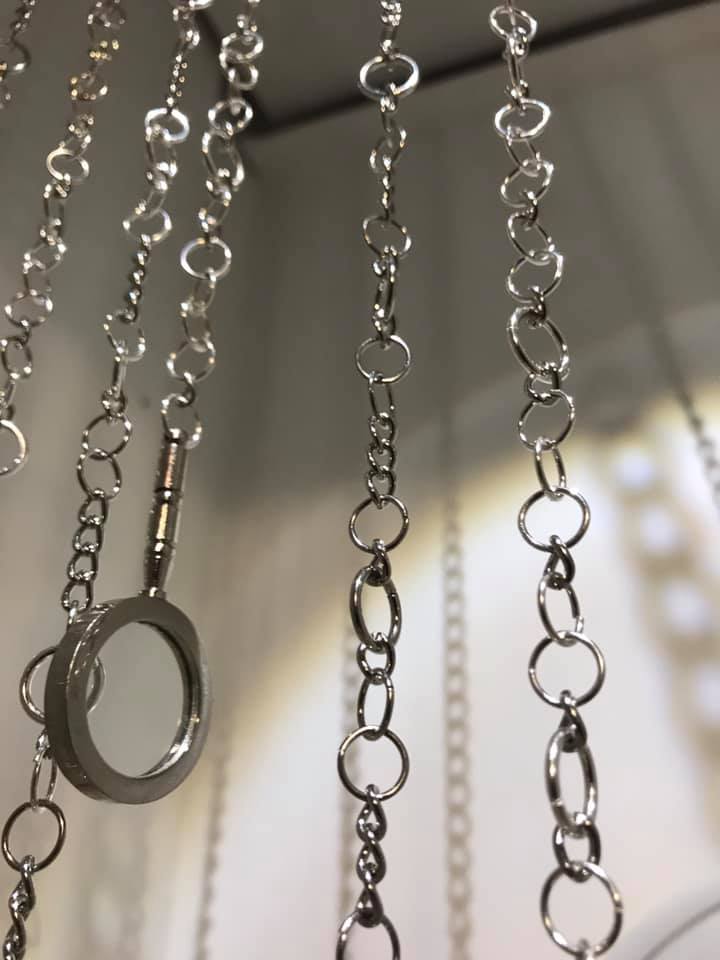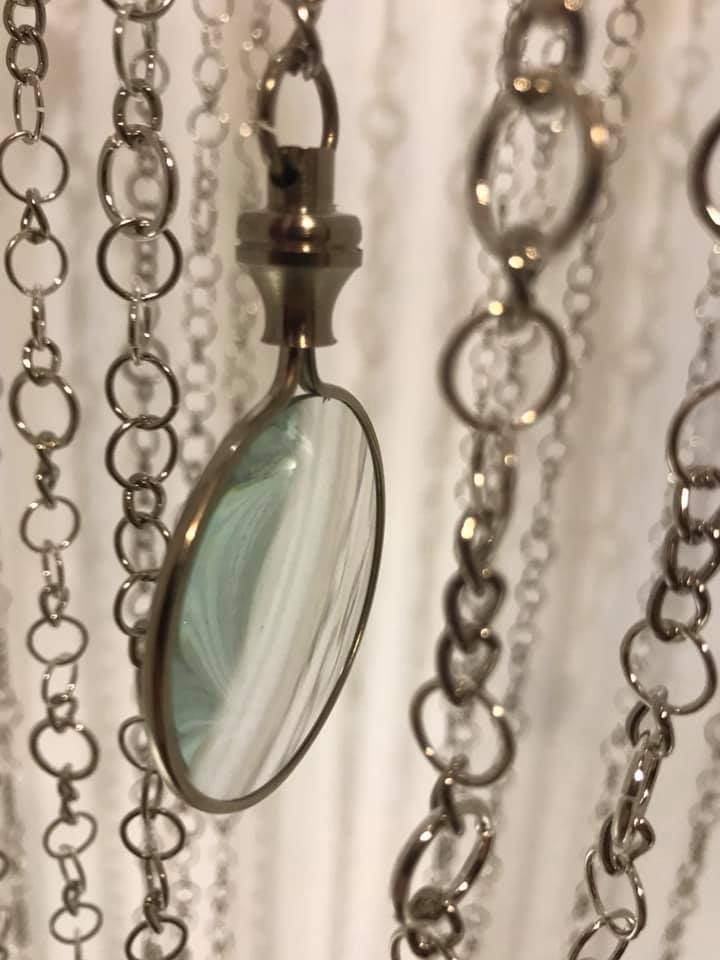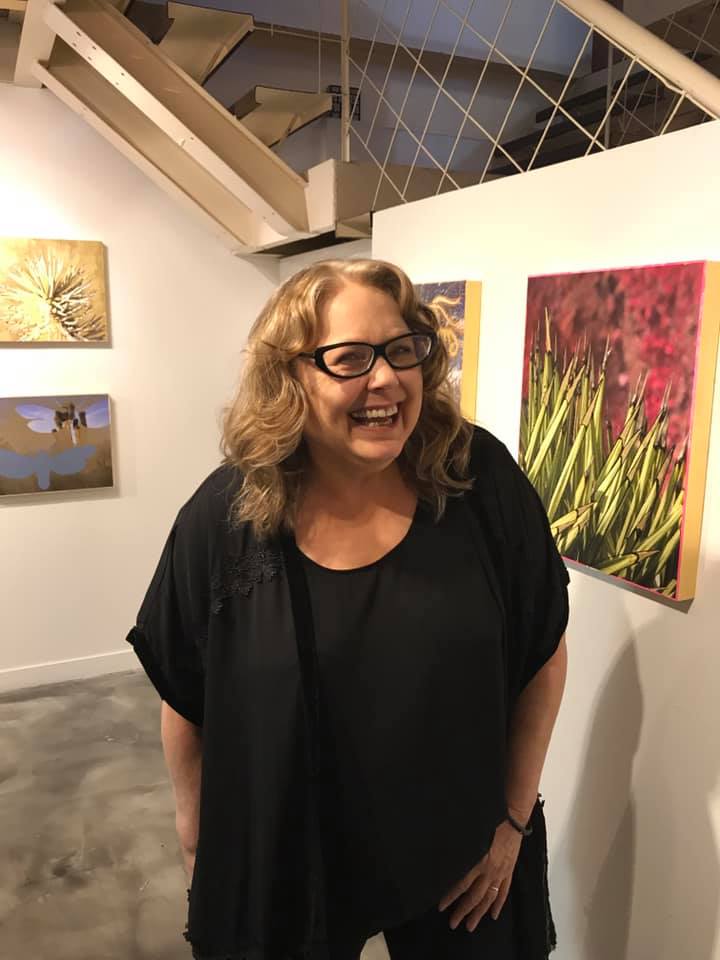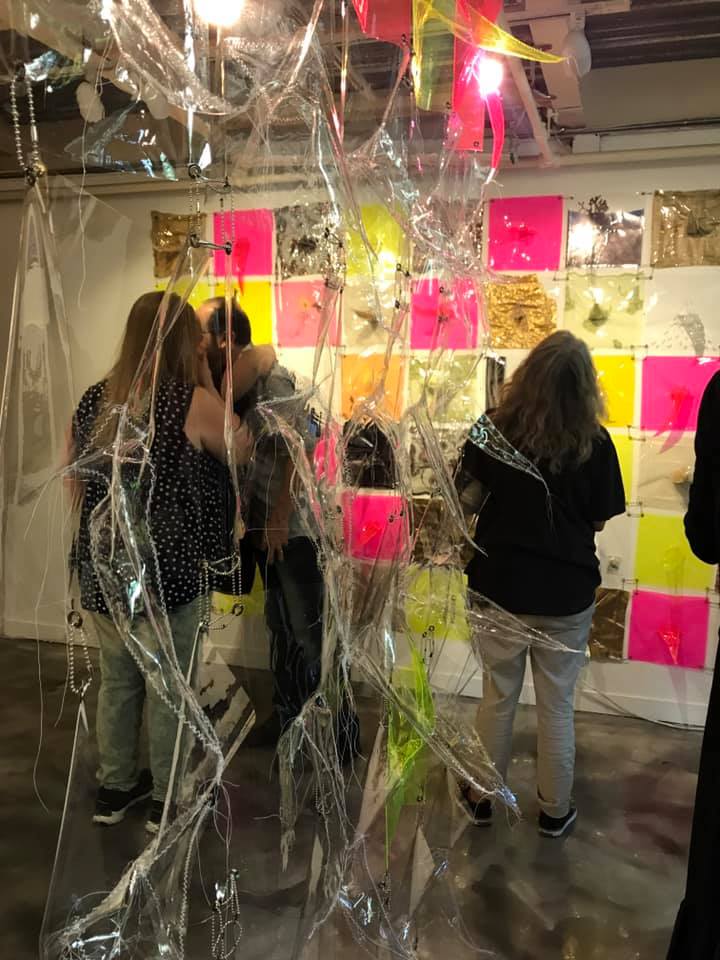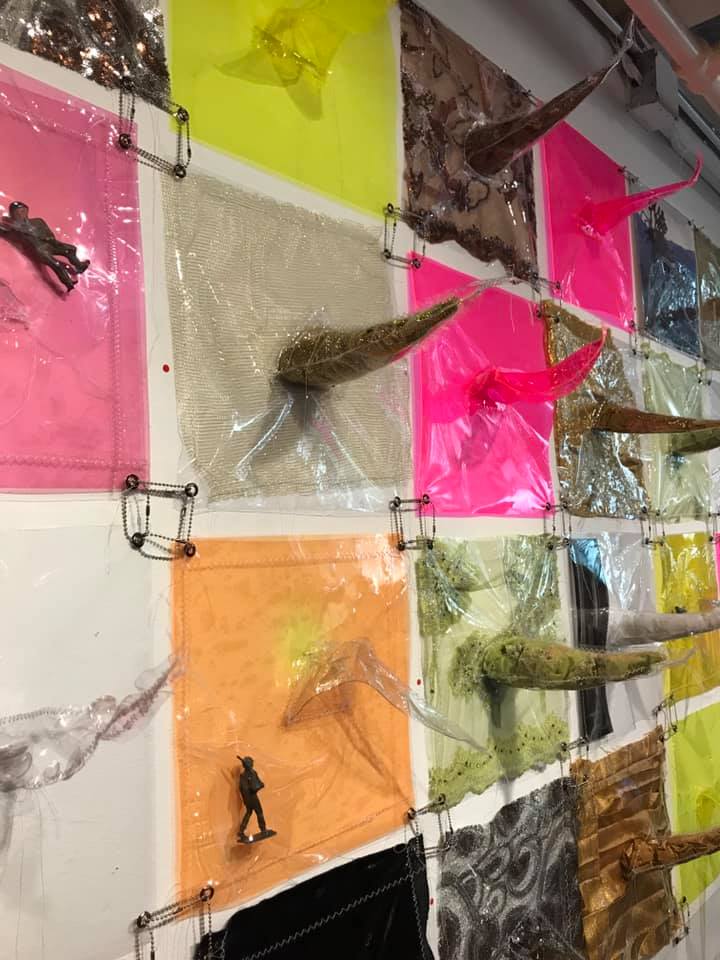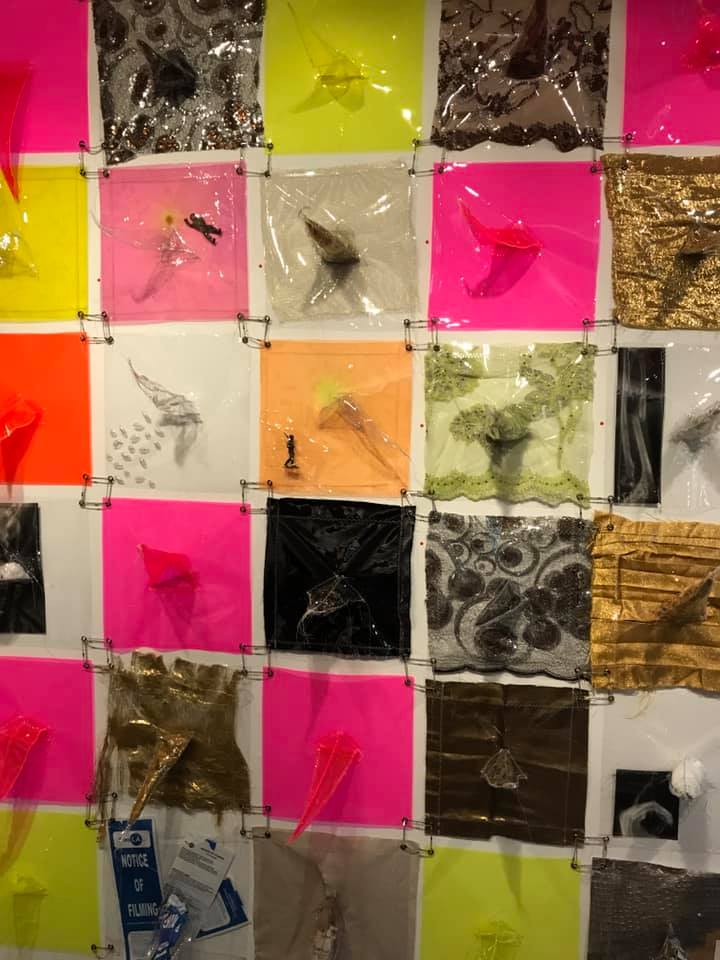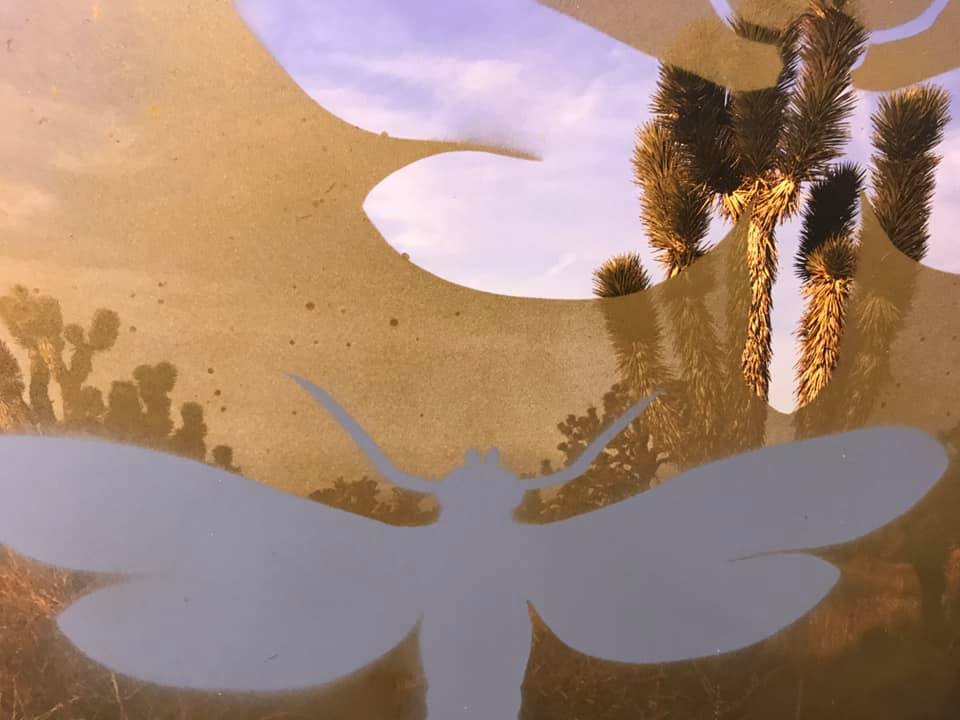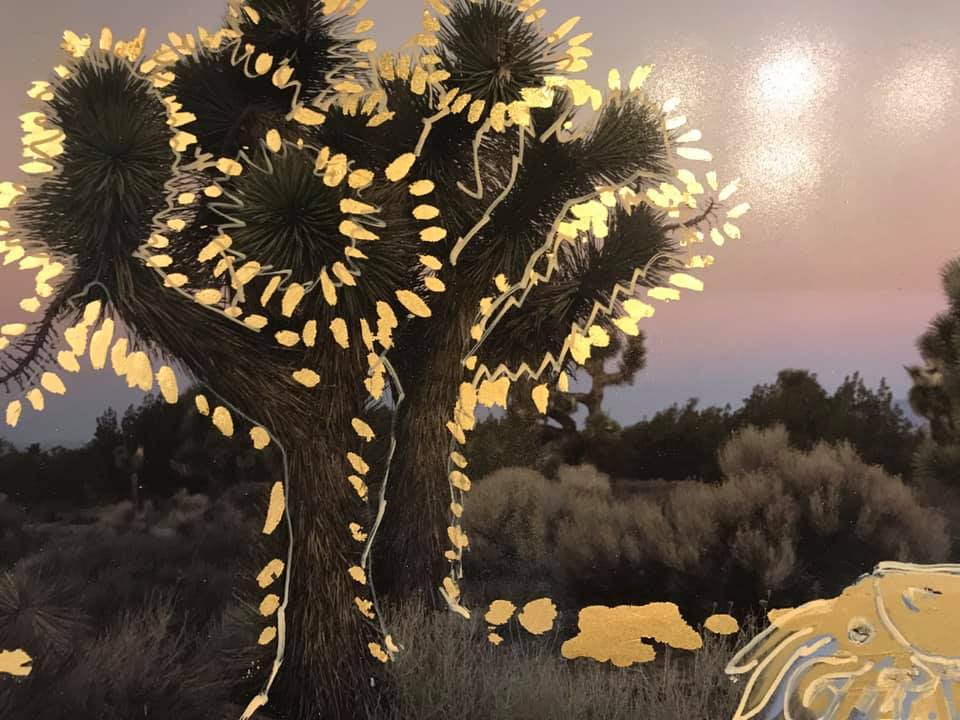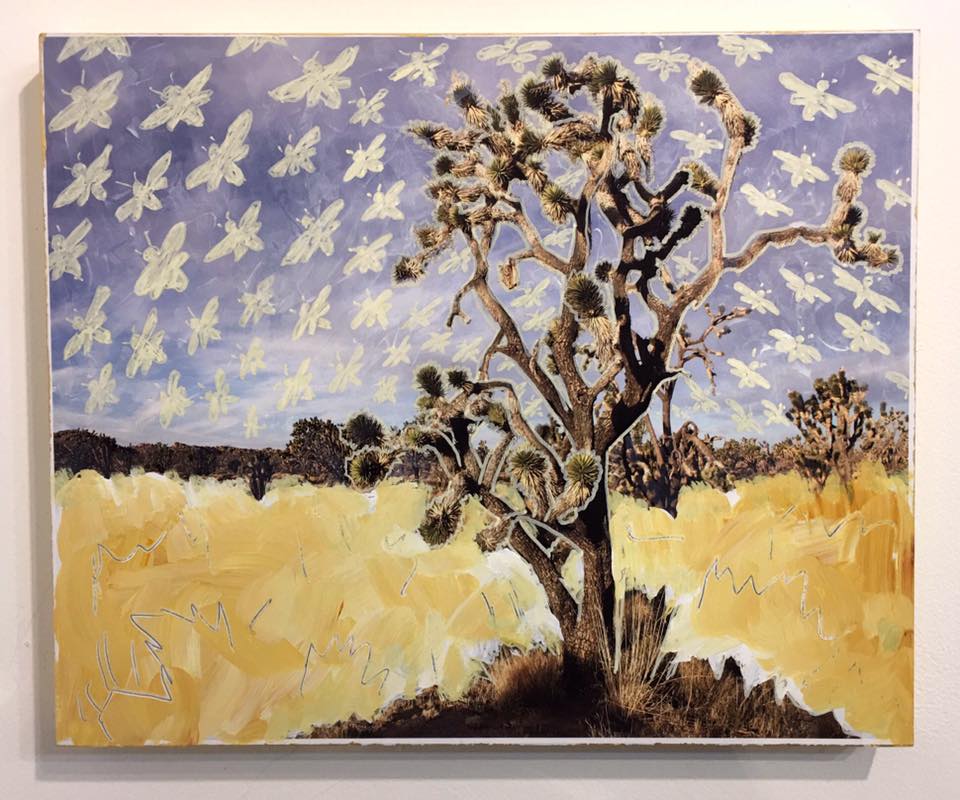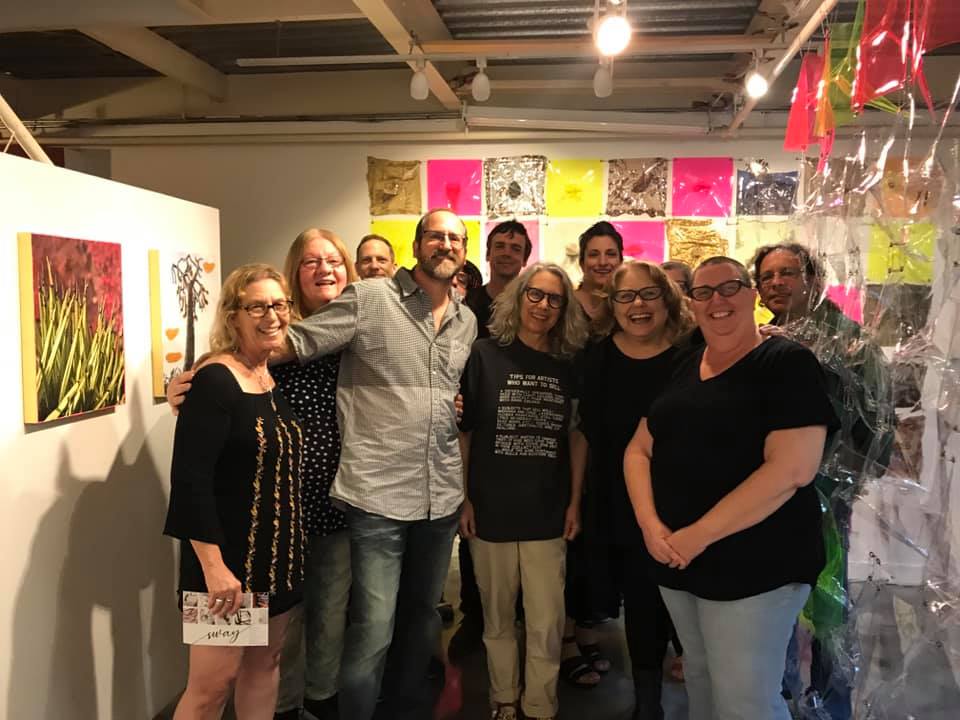A neon admirer since her childhood, neon artist Linda Sue Price gives us the pulsing, romantic neon glow of a Las Vegas fueled by dreams. She fuses that romance with fluid, glowing, exuberant mixes of form and light, creating highly textured, energetic works that are sinuous and supple, but along with the beauty often contain a message of inclusivity or social purpose.
It’s not random to mention Las Vegas in regard to Price, who has called visits there in her childhood “special…because of the extensive use of neon.” She would analyze the patterns in animated neon motel signs, and take in the colors, the shapes, their feel.
Now, Price gives viewers a gift of the same wonderfully intimate enthusiasm she experienced as a child. Her abstract, mixed media neon sculptures use free-form bent to create unique shapes that seem almost impossible to realize from tubing.
Her colors resonate: argon purple, neon red, krypton white, mercury blue, fluorescent powders painted or baked inside tubing to create an even more eclectic rainbow. She gives us unusual patterns and forms; even beaded tubing at times, controlling that beading with small transformers to pulse.
She coils, curls, and spins us into a world that reminds us of the joy of light, the inventive and jubilant quality of bringing illumination into the world.
Whether using backgrounds that are simple and reflective or complexly textured, giving us simple but meaningful words or a collage of images, Price creates a visual backdrop that reflects the neon itself, neon that has depth and pulses with the magic that only its glow can make. She reveals and revels in the intricate process of bending, and in the creative process, showcasing the tube itself and the way it can be bent, making it the focus of her work.
Her recent series Connections utilized photographic backgrounds of people that either Price or her husband photographed throughout Los Angeles and Lakewood. Computer generated backgrounds gave viewers images that “represent race, gender, and the age demographics of California,” she relates. The idea behind the work was to “hate the haters and celebrate diversity” she says – all the rainbow colors and shapes of neon embodied in people. Literally and figuratively, she reflects the interconnected relationships of life in Los Angeles.
In Continents, the backgrounds utilize a variety of lush, patterned textiles created by indigenous cultures around the world, representing seven different continents.
Price explores this beautifully, with universal, abstract neon suspended in an almost dream-like way above concrete evidence of humanity’s connection, community, and the world we all share. The neon sculptural forms themselves are curved and beautiful, free, floating, soft, cursive-like.
We are not used to seeing neon in the abstract, and in creating luminous works that are essentially undefined, Price is allowing viewers to look at something beautiful without any established preconceptions.
Recently, she collaborated on a piece with artist Tracey Weiss, whose own lustrous work in plastics, here floral, made a terrific companion medium to Price’s neon, above and below.
Price shares studio space with Michael Flechtner, who creates his own neon work. Flechtner shapes a different but wonderful sort of motion-filled work, often using amusing pun-filled verbiage or traditional narrative shapes to tell his story.
Flechtner notes of his work and Price’s “Our process is the same, but I work in images and she dances with the glass. I get an idea design and go for it with a lot of plays on words and planning.” His witty work is always a stand out; and Price and Flechtner, when paired in a recent exhibition at the Fine Arts Building in DTLA, were a perfect point/counterpoint to each other. From neon signs to a menorah featuring waving cats with synchronized neon eye movements, Flechtner’s work is also a consistent delight.
Price, whose work is now on view in She Bends, a nationwide traveling show that began at the Los Angeles Museum of Neon Art, is also among the exciting group of artists displaying at Sway at the Brand Library and Art Gallery in Glendale, described as “an investigation into the seen and perceived spaces that inform meaning.”
.The opening reception for Sway is April 20th from 6 to 9 p.m.
And on May 19th, from 1 – to 5 p.m., viewers can take in a wide range of Price’s current and coming work along with that of Flechtner at their Open Studio. The studio is located at 7712 Gloria Ave., #4, Van Nuys, Calif. Go feel the neon magic.
- Genie Davis; photos: Genie Davis, and provided by Linda Sue Price, Michael Flechtner



